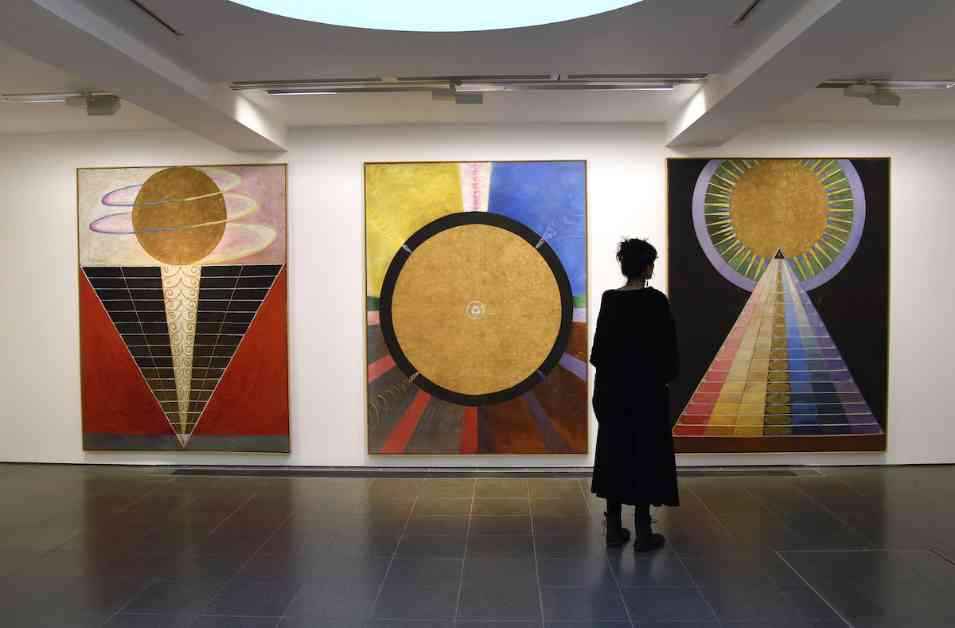In a recent power struggle over the legacy of renowned artist Hilma af Klint, her great-grandnephew, Erik af Klint, is at the center of controversy. Erik, who chairs the Hilma af Klint Foundation, is pushing to maintain her paintings in a private temple accessible solely to those seeking spiritual enlightenment. This move has sparked a legal battle and ignited tensions within the foundation, as Erik’s vision clashes with the commercialization of af Klint’s art.
The Conflict Unfolds
Erik af Klint publicly voiced his opposition to a deal struck between the foundation and prominent gallerist David Zwirner, citing that it contradicted the late artist’s wishes to keep her work free from commercial exploitation. This disagreement led to a standstill in their partnership and prompted Erik to take legal action by filing a petition with the Stockholm District Court. While Erik claims to be upholding the foundation’s statutes, his stance has caused friction with the trustees, who support collaborations that bring af Klint’s art to a wider audience.
The Foundation’s Turbulent History
The Hilma af Klint Foundation has a long-standing history of internal disputes and legal challenges since its establishment nearly three decades ago. Recent allegations of profiteering off af Klint’s growing popularity have further strained relationships within the foundation. Erik’s latest efforts to restrict access to af Klint’s work to exclusively spiritual seekers are rooted in the foundation’s statutes, which emphasize the preservation of the artist’s spiritual mission.
Erik’s Controversial Stand
Erik af Klint’s bold move to end future exhibitions of Hilma af Klint’s work and limit access to those seeking spiritual enlightenment has sparked debates among art scholars and critics. While Erik argues that public exhibitions diminish the spiritual essence of af Klint’s art, others, like German art critic Julia Voss, warn of the detrimental impact such restrictions could have on the art world. Voss questions the feasibility of determining who qualifies as a ‘spiritual seeker’ and emphasizes the potential backlash such a decision could provoke.
Looking Ahead
Despite Erik’s efforts to keep af Klint’s paintings confined to a private temple, the artist’s work has gained significant exposure through exhibitions at prestigious institutions worldwide. Institutions like Tate Modern, the Guggenheim Museum, and the upcoming showcase at the Museum of Modern Art in New York have brought af Klint’s visionary art to diverse audiences. While Erik’s intentions stem from a desire to honor his great-grand aunt’s spiritual legacy, the broader art community remains divided on the best approach to preserving and sharing af Klint’s groundbreaking work.
In conclusion, the ongoing saga surrounding Hilma af Klint’s artistic legacy underscores the complexities of balancing spirituality, commercial interests, and public access to renowned works of art. As Erik af Klint and the foundation trustees navigate this intricate terrain, the future of af Klint’s paintings hangs in the balance, prompting critical reflections on the intersection of art, spirituality, and cultural heritage.












